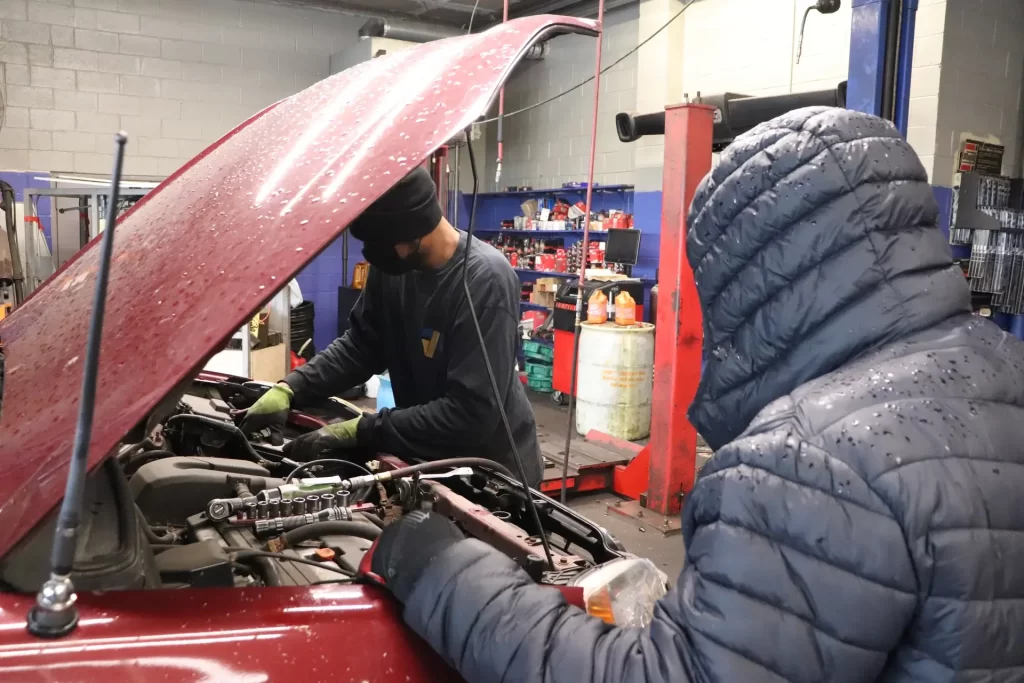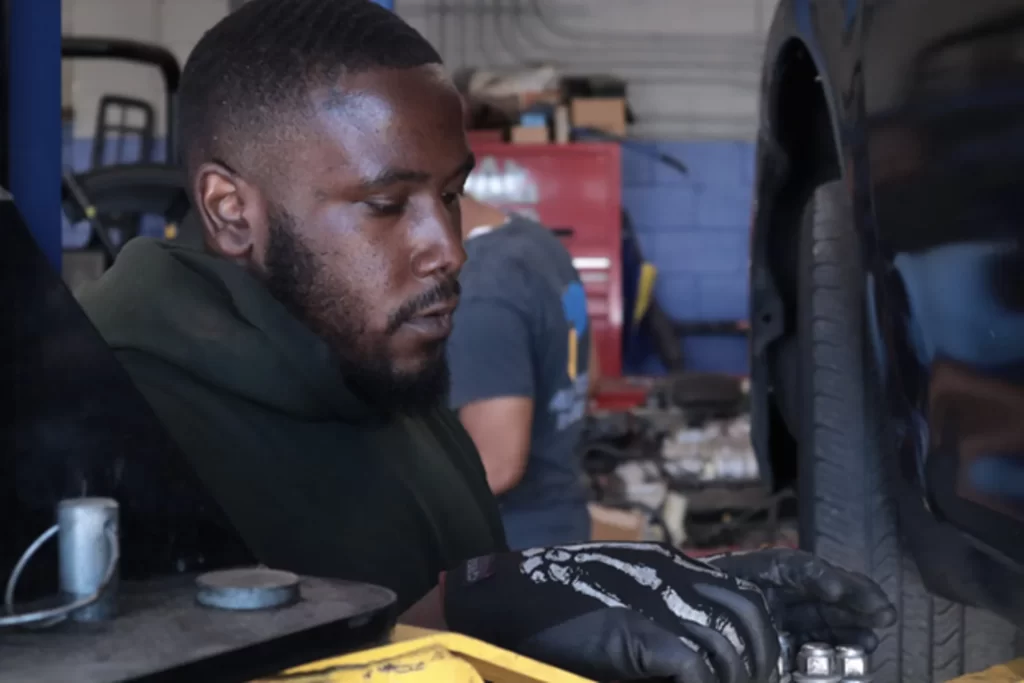Conducting a diagnostic scan and reporting by automotive tools during routine car servicing is an outstanding way to optimise the maintenance budget. Using sophisticated diagnostic automotive tools, such as code readers, car mechanics can accurately identify which part of the vehicle is malfunctioning. With a detailed diagnosis, an auto repair shop can plan the best course of action to relieve the customer from dealing with a more expensive and complicated problem in the future.
An OBD (On-Board Diagnostics) tool or scanner is a machine that attaches to a user’s designated OBDII port, which can be connected wirelessly or with a wire to an app on a device. Using in-built software, the device receives vehicle data, accessing different databases to link the correct vehicle in auto mechanic training with the systems it needs to scan. The vehicle’s Electronic Control Unit and other memory units are checked, which indicates any faults. Error codes are indicated if anything results in a fault. These codes can be explored online or through software to determine a fix.
The advancement of automobile features and safety systems is evolving into more complex modules with sensors and a linked vehicle architecture. However, it’s not just the physical parts; digital and infotainment can also be damaged, meaning that communication and safety systems can be at fault. Sometimes, people may not be aware and fail to use a particular feature. A diagnostic tool can perform tests for most vehicle systems. Automotive technicians can utilise this, which helps prevent accidents that could result from a faulty sensor or ADAS feature.

A regular diagnostic test is a process that estimates both the condition and performance of vehicles. At an automotive repair shop, this test can take between thirty minutes to one to two hours. Sometimes, if complicated or multiple issues are detected, a diagnostic scan can last up to three hours.
People can buy home code readers to perform their diagnostic scans at home. Although convenient, this appliance only provides basic information about potential issues with automobiles. For an accurate reading, it is advised to take your automobile to a competent car mechanic for professional examination and reporting. Full-service automotive shops utilise advanced diagnostic tools to provide a more in-depth examination of your vehicle. In the case of special cars, manufacturers have formulated advanced appliances to scan their vehicles’ computer systems. People can go to a dealership or a speciality mechanic as they have advanced automotive diagnostic tools.
An automotive diagnostic scan is ok for both complex and straightforward car issues. For example, if the engine light comes on, unless the scan reveals a minor error, such as a loose gas cap, a simple diagnosis would not determine the exact reason why the engine light is on. Accordingly, if your car is acting differently, an auto repair mechanic will be able to conduct a comprehensive scan of your vehicle to check the specific elements of your car that are causing the issue.

The money and time savings that vehicle owners get from timely diagnostic scans also extend to auto mechanics. Long before automobiles were equipped with internal computers, people had the arduous task of characterising the signs and symptoms that made them assume their cars were suffering from a malfunction. Auto repair technicians had no internal computers to rely on, so much of their time was spent checking all vehicle elements to identify the source of the problem. And in some cases, it took even days to identify the issue. However, the help of technological advancements has made it possible for auto repair technicians to diagnose readings from computer systems, enabling them to reach an accurate and sound diagnosis. A diagnostic scan and reporting, aided by tools during routine servicing, become instrumental in preventing problems from occurring in the first place, thereby delivering significant cost and time savings.
Read More: